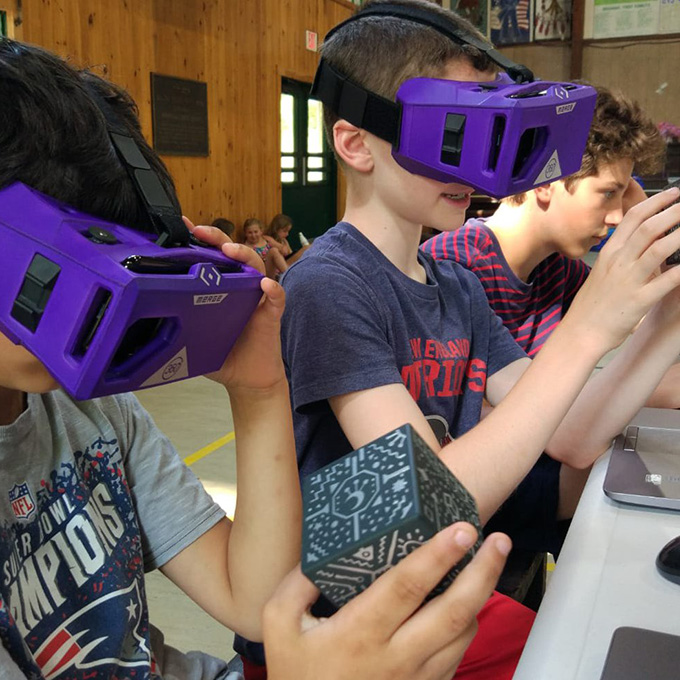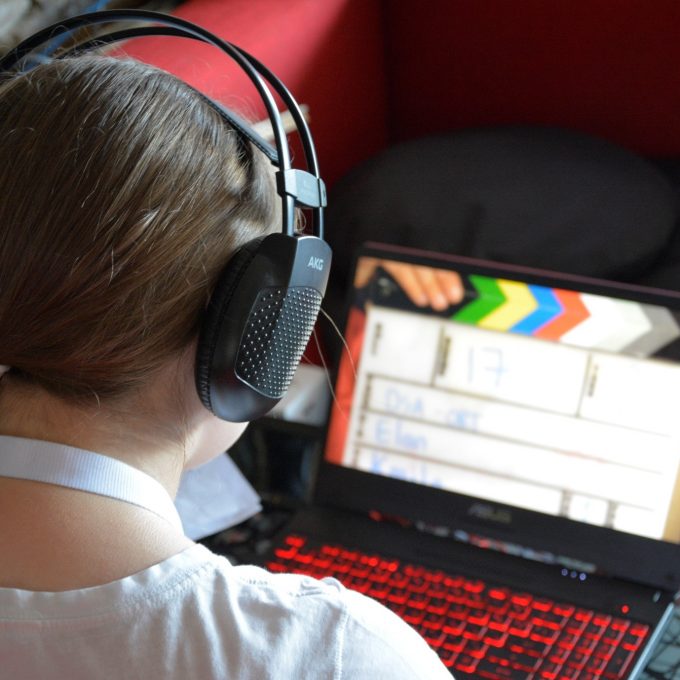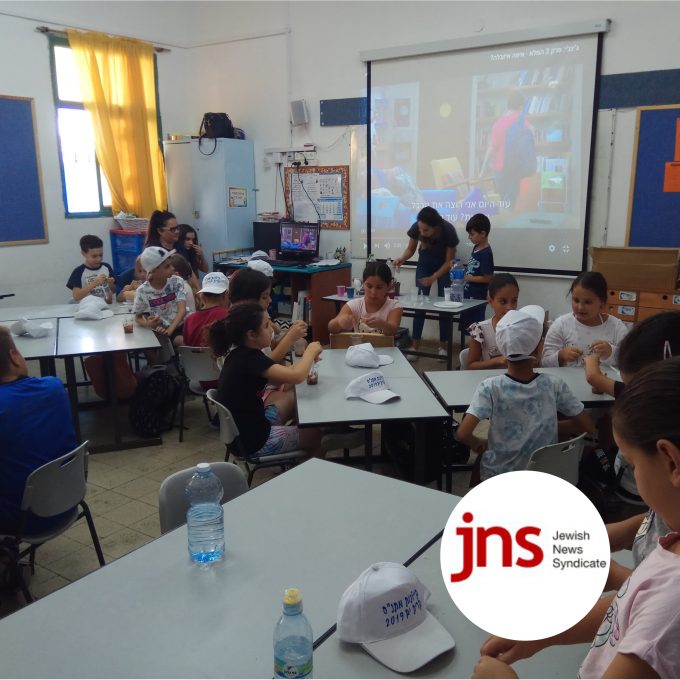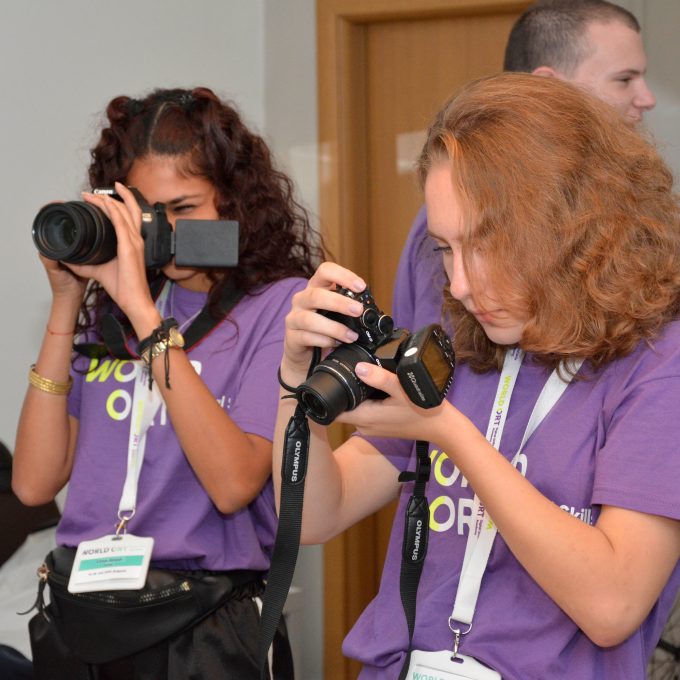Having a Blast, for a Good Cause Extract from the New York Times – Published: March 19, 2006 By MAGGIE MASTER COLIN PEPPARD doesn’t exactly conjure the image of a philanthropist. Lanky with a mop of tousled hair, he works for a nonprofit and rides public transportation most places. Mr. Peppard has never been invited to a black-tie gala charity event, nor has he written any $500 checks to save the children, the dolphins or the rain forests. Young, male and short on expendable income, Mr. Peppard is, by all demographic qualifiers, the anti-donor. Yet at the starting line of the first Idiotarod D.C., a five-kilometer race in which teams of six costumed participants navigate shopping carts through Washington’s streets, Mr. Peppard, 25, and his gaggle of rowdy teammates, the Columbia Cobras, have charity on their minds. Wearing a motley assortment of ripped T-shirts, firefighter hats, grass skirts and leis, and pushing a grocery cart modeled after their much-loved neighborhood bus, the No. 42, his team traded a collective $30 and a bag of canned goods for the promise of a raucous afternoon navigating the streets of the capital. Sponsored by Society for Mature Adults Seeking to Help Entertain and Donate (also known as Smashed), the event raised $500 and 115 pounds of food for a local food bank. The amount may be small potatoes in fund-raising terms, but those who work in the world of philanthropy say events like the Idiotarod reflect a growing trend among young donors. Pressed for cash, driven to make a difference, yet turned off by the seated dinners of conventional charity efforts, enterprising young fund-raisers across the country are turning to dodgeball tournaments, scavenger hunts, mustache-growing contests and a host of other unusual incentives to raise money for homeless shelters or hurricane victims. ‘There’s an innovativeness there that goes beyond the baby boomer generation,’ said Michael Nilsen, public affairs director of the Association of Fundraising Professionals. ‘They want to get involved with the more regular mainstream charities but by doing something outside of the mainstream rather than just sending their checks.’ One basic economic principle seems to apply: It’s easier to get friends to fork over $5 or $10 when they’re having fun. The most common method of fund-raising for these new groups is collective giving: pooling resources and smaller amounts of money to make big contributions. This type of fund-raising has been around for centuries, but those who work in the world of philanthropy say it has flourished in the last 10 to 15 years. ‘The genesis really started during the technology boom,’ said Buffy Beaudoin-Schwartz, communications director for the Association of Baltimore Area Grantmakers, a group dedicated to promoting private philanthropy. Then, she said, it accelerated thanks to the Internet and online fund-raising efforts. Mustaches for Kids began in 1999 in Los Angeles as a bet between friends to see who could grow a better mustache, the loser donating money to the Make-a-Wish Foundation. The next year the founders were no longer involved, but through word of mouth and e-mail, the concept spread to San Francisco and New York, with volunteers accepting pledges to grow mustaches from Thanksgiving to Christmas. Seven years and more than 300 hard-earned mustaches later, the organization has chapters across the United States and Canada and has raised more than $100,000 for Make-a-Wish. ‘Once you get into a six-digit number, it makes you realize what a little bit here and a little bit there brought under one umbrella can do,’ said Mitch Goldman, one of the New York organizers. In an event Mr. Goldman, 30, places somewhere between a beauty pageant and a police lineup, growers must pass through the rites of mustache passage, including a beer foam retention round and a mustache ‘dance off.’ Though the kitsch factor drove interest for years, Mr. Goldman said that at some point he began to feel that participants weren’t connected enough to the cause. Last year, prompted by Hurricane Katrina, the New York organizers switched charities and funneled their donations to the New Orleans Children’s Hospital. The effect was immediate. The number of participants doubled, and more than 40 people raised $13,000 for the hospital, a Mustaches for Kids record. ‘Even after five years and many thousands of dollars, it seemed like we were hardly a blip on their radar,’ Mr. Goldman said of Make-a-Wish. ‘Not that we need special thanks, but it was much more gratifying to be doing something for an organization that really seemed to value our efforts, and who had a more immediate need for donations.’ Large-scale charities should take note of small charities’ innovations, said Sandra Miniutti, a spokeswoman for Charity Navigator, an organization that analyzes the health of nonprofit groups. ‘Savvy charities are looking toward the future,’ she said. ‘They know they need to cultivate the younger donor.’ Concerned with a scarcity of under-40 givers and an aging base, she said, some charities are actively trying to lure the next generation of donors in more social and creative ways. One such group, she said, is the Leukemia & Lymphoma Society, which has begun to seek younger donors through events like bachelor auctions and marathon training programs, in which volunteers commit to raising a certain amount of money in exchange for being trained for the race. ‘You have to be creative,’ said Nancy Klein, vice president for the society’s marketing communications. ‘You are always looking to reach out to different audiences with different interests and bring them something that’s going to excite them and keep them interested in raising funds for your cause.’ But some young people find raising a few thousand dollars overwhelming. Jaime Rosa, a teacher who lives in Portland, Ore., pledged to raise $3,400 for a June triathlon benefiting the Leukemia & Lymphoma Society. Living on a teacher’s salary with most of her friends similarly short of cash, however, she soon realized she was in over her head. She was just about to drop out when a friend suggested they raise money by starting a charity event of their own: a dodgeball tournament in which participants pay to play. Though the game is still in the planning stages, she thinks the fund-raising will be easier because of the social nature of the event, she said. ‘They will get a little more out of their money than just sending in a check,’ Ms. Rosa added. While wine tastings, dating auctions and marathon teams may be a step in the right demographic direction, the success of urban shopping-cart races and mustaches for giving’s sake proves that for young professionals there’s a charitable market for the ridiculous. Especially when ridiculousness is a luxury to be relished. David Cranor, a 34-year-old NASA scientist, shaved a Mohawk before the Idiotarod to pay tribute to his team’s inspiration: Mr. T. Beads of sweat glistened on the newly exposed scalp, sparkling like the gold medallions on Mr. Cranor’s chest. He said the Mohawk would be gone by 9 a.m. Monday, when his shopping-cart racing alter ego would take a back seat to spacecraft operations engineer. NASA, Mr. Cranor noted, is not much for silliness.
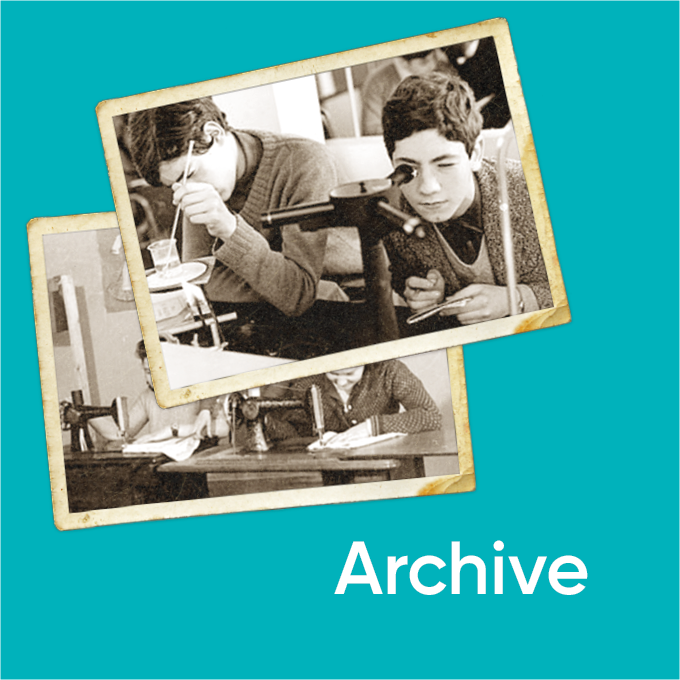
Fun Ideas for Fundraising
19.03.06

